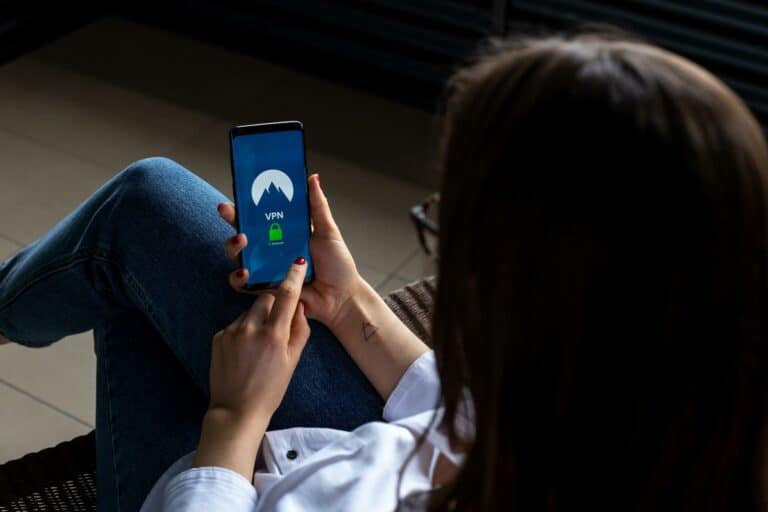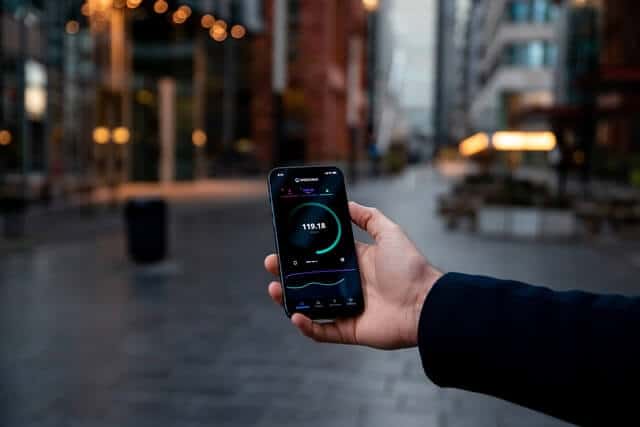
SpaceX’s Starlink: everything you need to know
Elon Musk. The name will ring a bell. Discover his new project!
We’ll take care of your connection
A no nonsense network for every sector
Our knowledge accumulated through years of expertise
A company with a passion for technology and signals
 English
English
You can connect to an unsecured network without any barriers when you are in range. A secure network requires a user to agree to the terms, create an account, or enter a password before using the connection.
Using public Wi-Fi is no different than having a conversation in a public place: others can eavesdrop on you. If you don’t take precautions, the information you send will come out in plain text, and with just a few simple software tools, anyone on the network can easily take a look at what you’re doing.
When you send data via your mobile phone or PC, this data goes from point A to point B. If you do this on a public network, a third person (the man) can place himself between point A and point B (in the middle) and read your data.
Encryption means that the information sent between your computer and the router is sealed with a key. Because of this, someone without the key code will not be able to read the content. Most routers are sealed by nature, but you can never know for sure on a public Wi-Fi network.
Software may contain vulnerabilities. People with bad intentions use these vulnerabilities to put malware on your computer without you realizing it. Hackers can exploit this weakness by writing code, targeting a vulnerability, and then injecting malware onto your device.
Cyber criminals can purchase software and hardware that help them spy on a Wi-Fi network. Once they have this software and place it on your network, then these hackers have all the tools they need to view your passwords, history and account information.
Only connect to networks of which you know the host. Hackers can set up malicious networks that closely resemble a secure network. Take, for example, a fictitious company called “Kermit”. Suppose our public wifi network is “kermit guest” and that there is a second public network that is called “kermiT guest”. The first is the official secure connection, while the second is a malicious network created for the sole purpose of viewing/stealing your data. They are very similar, so a user can easily make a mistake.
While you are on a public network, it is best to only surf to websites that start with “https://”. The emphasis is on the “s” after the http, which stands for secure. By only using such websites, you can be sure that secure connections are established. This is not the case with “http://” websites. Google helps you a bit by telling you that http websites are not safe. When you notice this, it is best to change your website as soon as possible.
When you have to create an account before you can access the network, it is best to think about all the information you disclose. If you don’t trust the network completely, don’t do it.
Do not (or as little as possible) use file sharing
Make sure your device is not configured to allow access to other devices on the same network.
How are you doing this?
Windows : settings> network and internet> sharing options> disable file and printer sharing
Mac : System Preferences> turn off file sharing
I don’t know anyone who reads the “terms and agreements”, but you can spot some red flags here. Especially with regard to what kind of data they collect from you. Don’t trust it completely? Then don’t do it.
Two-factor authentication is the act of using 2 different ways of logging in at the same time. For example, you can only get into an account when you enter a password and a code (which you receive via SMS). This is not always possible.
VPN is by far the safest way to access a public network. A VPN or Virtual Private Network encrypts data going to and from your device, and connects you to a secure server. This makes it much more difficult for others on the same network or the network operator to see what you are doing or get your data.
Keep these tips and tricks in mind when you want to connect to a public network and reduce the chance of data leaks and malware.
How did the hacker escape the police?
.
.
He ransomware

Xavier is de stuwmotor achter Mercuron. Als CEO en mede-oprichter brengt hij nieuwe communicatietechnieken naar alle gebouwen.

Elon Musk. The name will ring a bell. Discover his new project!

A large-scale study has been carried out into the coverage of the mobile networks in Belgium.

Mercuron, a Belgian company, specializes in wireless communication. With our expertise in radio waves, we create ASTRID and mobile phone signal amplifiers from the ground up.